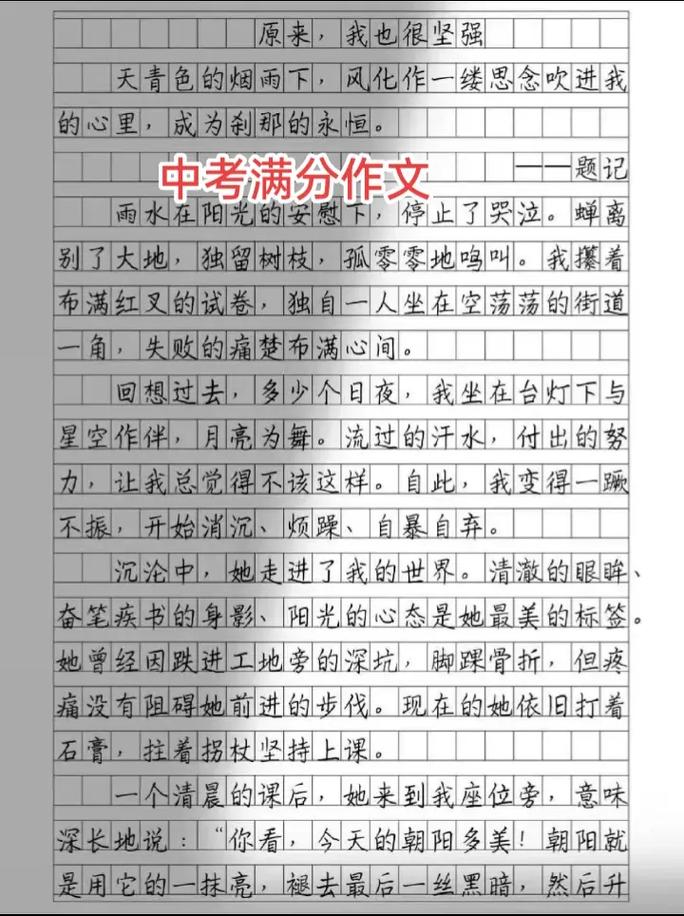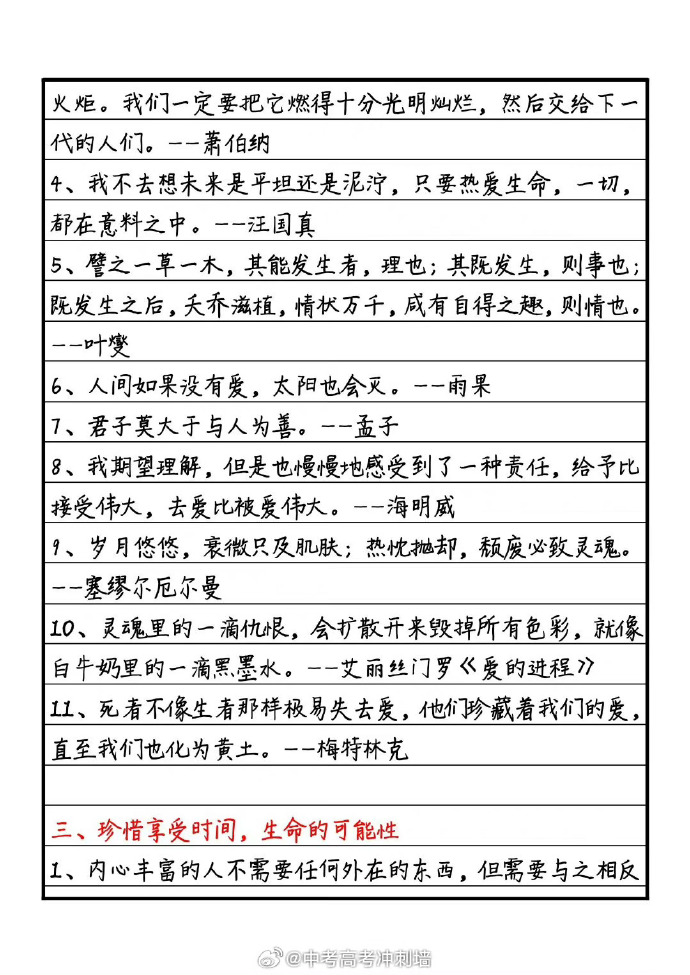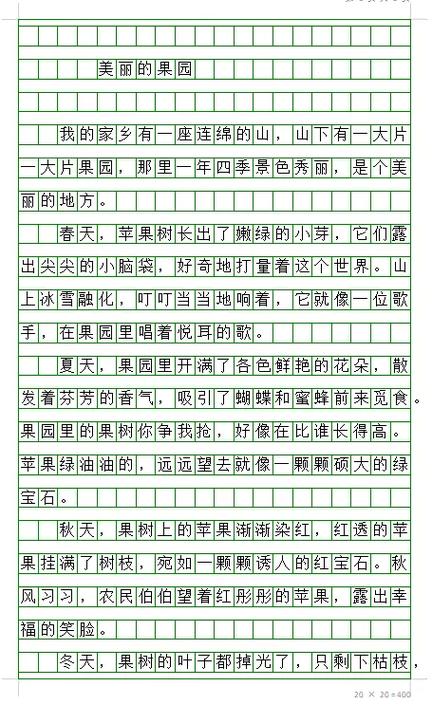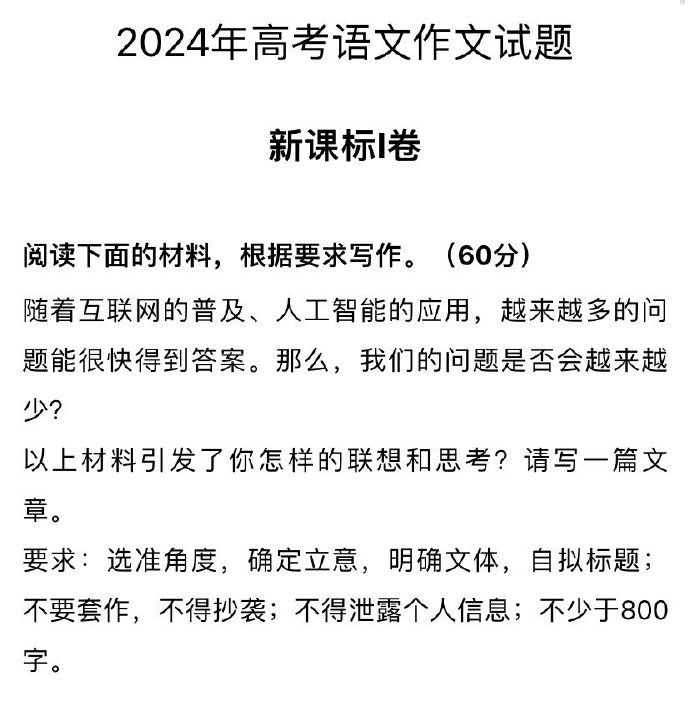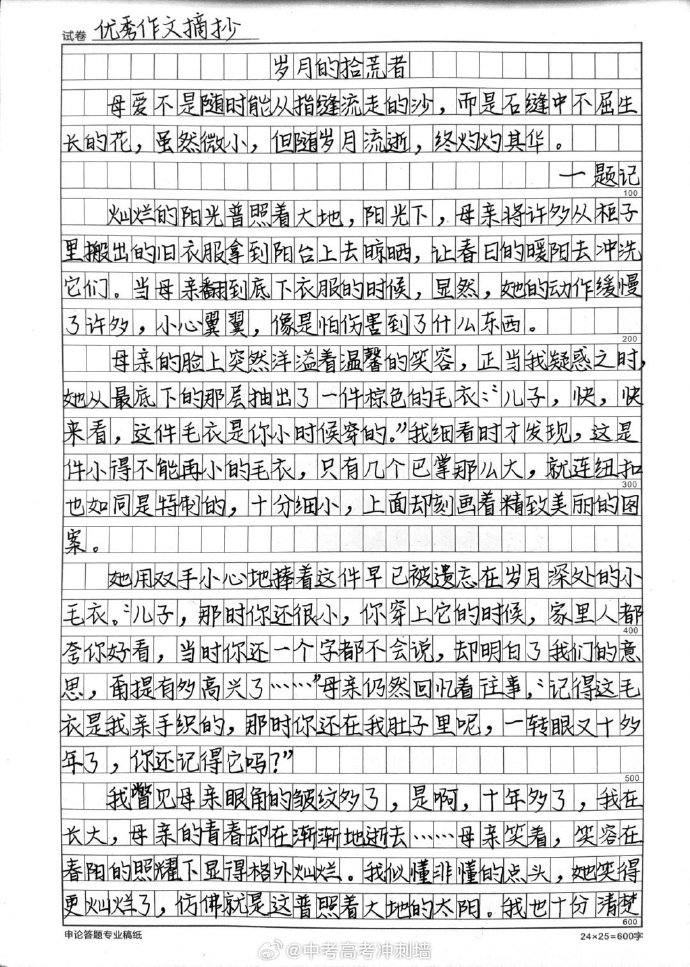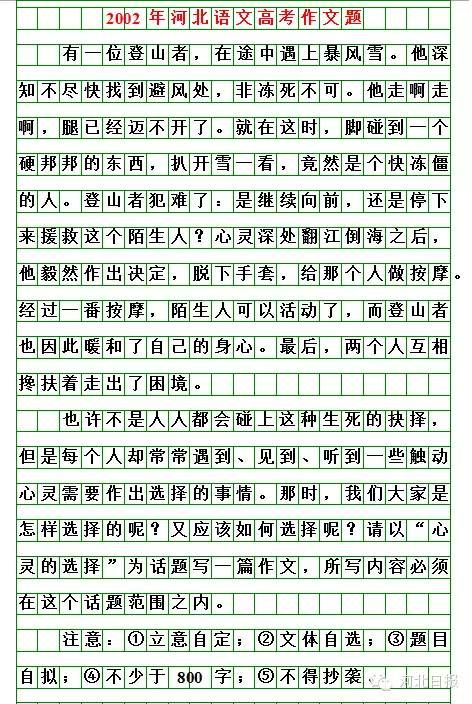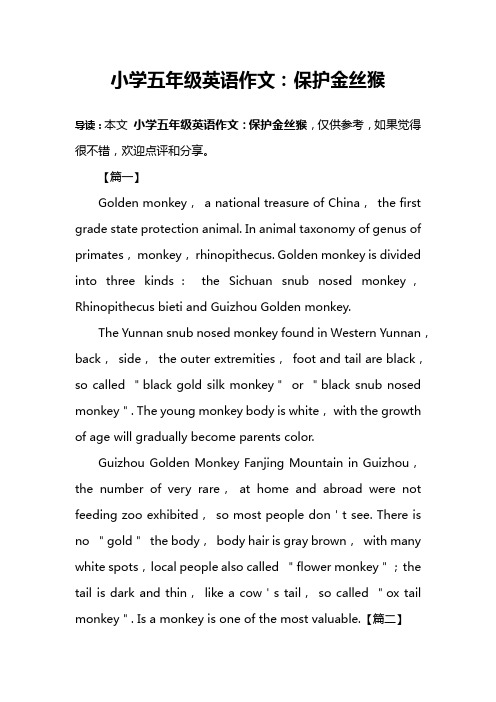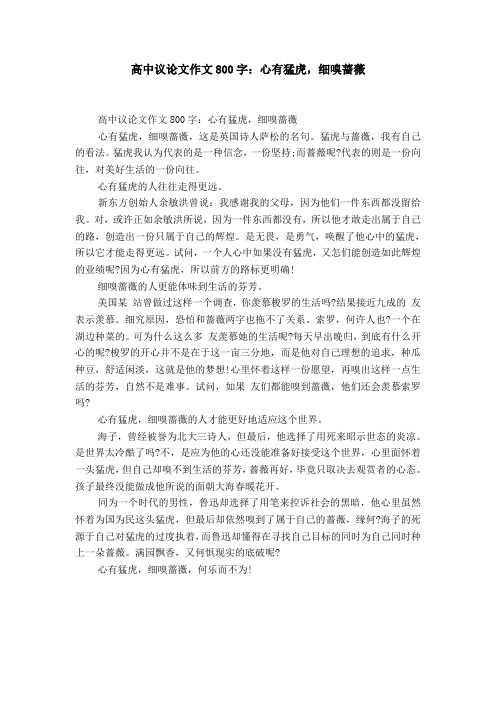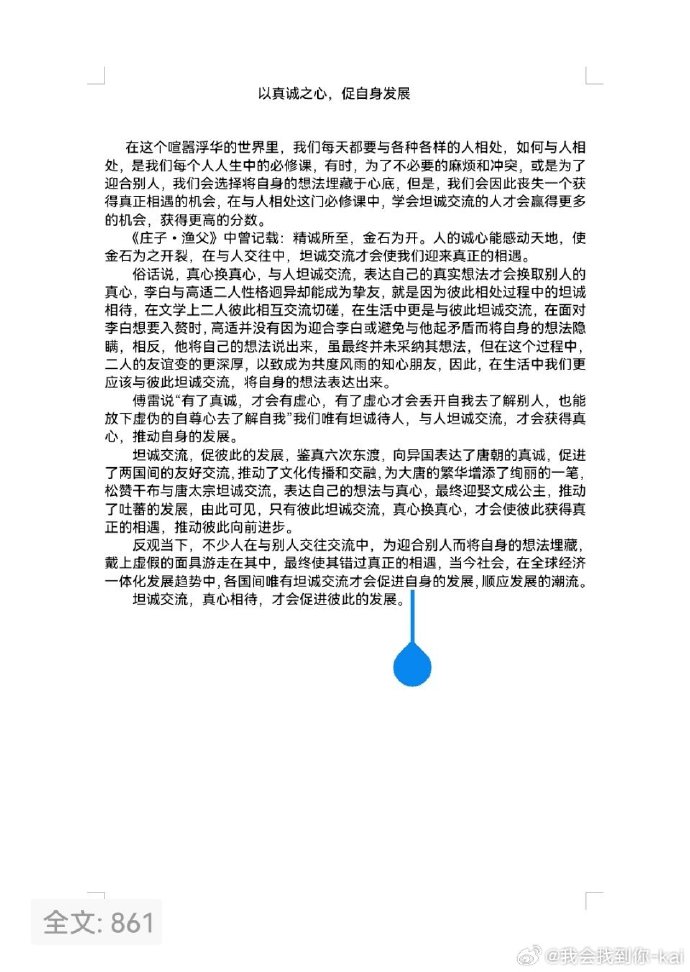With the rapid development of technology, media shopping has become an increasingly popular way for people to purchase goods. It has both advantages and disadvantages.

Media shopping offers great convenience. People can shop at any time and place without leaving their homes. For example, busy working people can easily buy what they need after a long day's work by just a few clicks on their computers or mobile phones. They don't have to spend time traveling to physical stores and waiting in long lines. In addition, media shopping provides a wide range of choices. Consumers can access products from different brands and regions all over the world. They can compare prices, features, and reviews of various items to make the best decision. This helps them find the most suitable products at relatively low prices. Moreover, media shopping often offers discounts and promotions, which can save consumers a lot of money. For instance, during some big shopping festivals, many online shops offer huge discounts, making it an attractive option for many shoppers.
However, media shopping also has its drawbacks. One of the main disadvantages is that consumers cannot touch or try the products before purchasing. This may lead to dissatisfaction with the products received. For example, clothes bought online may not fit well or the color and texture may be different from what was expected. Another problem is the issue of false advertising. Some unscrupulous merchants may exaggerate the functions and benefits of their products, causing consumers to make wrong purchasing decisions. In addition, there is also the risk of personal information leakage. When consumers make payments online, they need to provide their credit card information and other personal details, which may be exposed to cybercriminals if the security system of the media platform is not perfect. Furthermore, the after-sales service for media shopping can be a hassle. If there are problems with the products, such as quality issues or damage during transportation, it may be difficult for consumers to return or exchange the products due to complex procedures and long waiting times.
In conclusion, media shopping has brought us great convenience in terms of time, choices, and prices. But we cannot ignore its disadvantages, such as the inability to try products in advance, false advertising, privacy risks, and after-sales problems. We need to be cautious when shopping through media platforms, choose reliable merchants and websites, and pay attention to protecting our personal information. Only in this way can we fully enjoy the benefits of media shopping while avoiding its potential disadvantages.
Outline:
1.Introduction
Present the topic of media shopping and mention that it has both advantages and disadvantages.
2.Advantages of Media Shopping
Convenience: Being able to shop anytime and anywhere, saving time.
Wide Choices: Access to a variety of products worldwide, comparison of prices and features.
Discounts and Promotions: Opportunities to save money during shopping festivals.
3.Disadvantages of Media Shopping
Inability to Try Products: Possible dissatisfaction due to not being able to touch or try before buying.
False Advertising: Merchants misrepresenting products leading to bad decisions.
Privacy Risks: Potential exposure of personal information during online payments.
After-Sales Issues: Difficulties and long wait in returning or exchanging products.
4.Conclusion

Summarize both the advantages and disadvantages of media shopping. Emphasize the need for caution and suggest ways to enjoy the benefits while avoiding the drawbacks.
未经允许不得转载:» 媒体购物利弊英语作文(媒体购物优劣英语探讨)

 佰一阅读网
佰一阅读网

